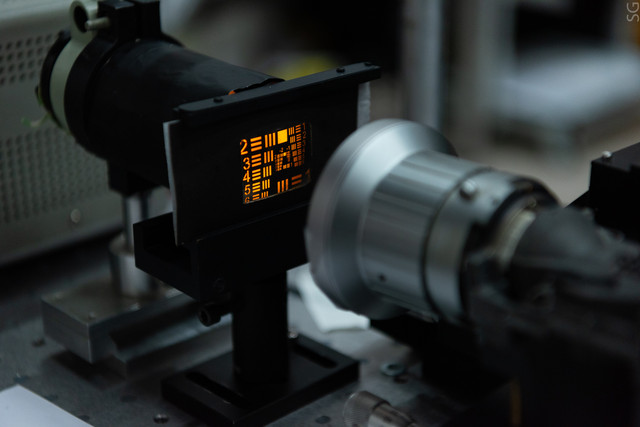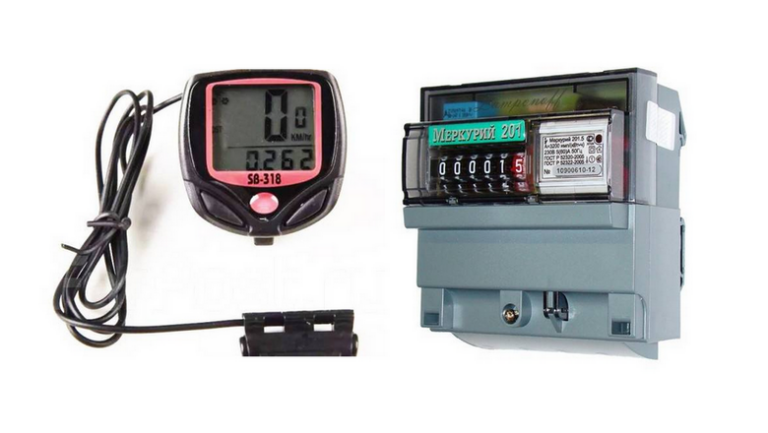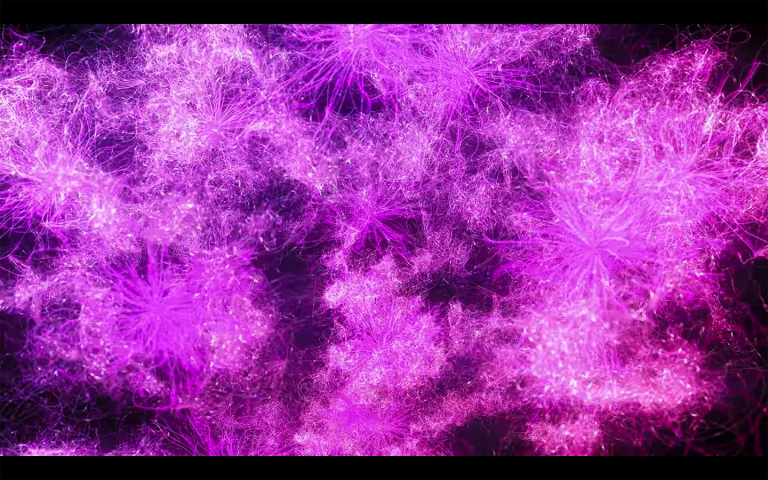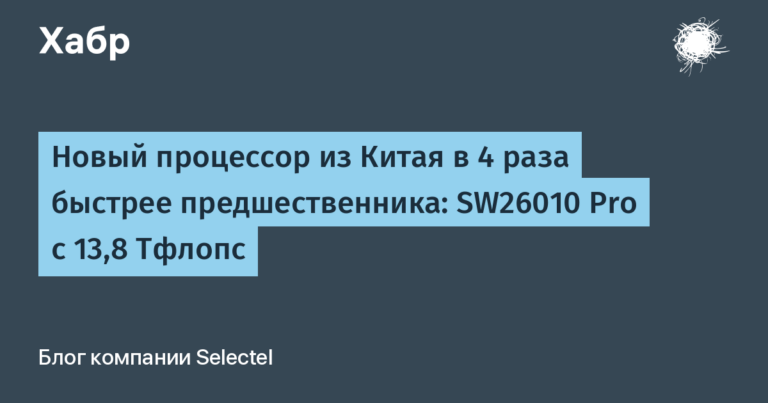Russian scientists create the most sensitive video camera in the world
A team of scientists from the NTI “Quantum Communications” Center of NUST MISIS is developing the world’s first prototype of a video detector for infrared photons – a camera so powerful that it can “see” the movement of single particles of such radiation. A 1000-pixel matrix will be installed in the camera, and such a system will find application in a number of areas where high-precision measurements are required: secure communications, including satellite, quantum computing, and diagnostic medicine. The development is carried out within the framework of a state contract for the implementation of R&D by order of the Ministry of Industry and Trade of the Russian Federation.
This idea is not new – the first attempts to detect photons “by the piece” were made at the beginning of the 20th century using electron tubes – photomultiplier tubes. However, the first devices, due to a weak technological component, worked slowly, sometimes did not work, and sometimes they worked falsely. Then came semiconductor devices – avalanche photodiodes, which worked better, but only with visible light. A significant breakthrough in the infrared range took place in the early 2000s, when the team of the Russian physicist Grigory Goltsman, having founded the Skontel company, created a one-pixel counter of single photons on superconductors.
Now, in 2020, already within the NUST MISIS NTI Center for Quantum Communications, commissioned by the RF Ministry of Industry and Trade, the team is developing a 1000-pixel video detector for single photons. The device, which has no analogues in the world, will allow not only detecting particles, but also obtaining an image in almost complete darkness. At the moment, the first stage is completed, 8 pixels are created. According to scientists, this number already allows you to understand and control the principles of the matrix, the next question is scaling.
“The counter itself is inside a cryostat at a temperature of only 2 Kelvin, which is close to absolute zero. When a photon is detected, it sends a signal to the processing circuit, and an image appears on the display, ”says Grigory Goltsman, Chief Researcher at the Quantum Communications Laboratory at the NITU MISIS NTI Center, founder of the Skontel company.
Our next future step is to get an image of 1,000,000 pixels from a matrix of 1000 pixels. You can “open” one pixel at a time, like in old TVs, but it will be very slow. Therefore, to further scale the resulting image, it is passed through special patterns.
“There is a way to speed up the process – open pixels in groups. For this, special stencils are used. You open one pattern, measure how much light hits the detector, then the second pattern, and so on, ”says Alexander Korneev, senior researcher at the Quantum Communications laboratory at the NITU MISIS NTI Center.
As noted, the final device will find its application in the most high-tech areas: when creating secure quantum communication lines, including satellite communication channels, when designing a quantum computer based on photons, as well as in diagnostic medical devices.






